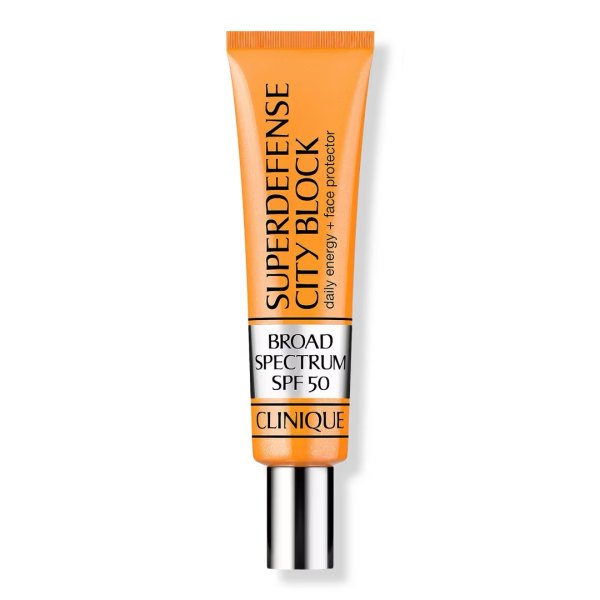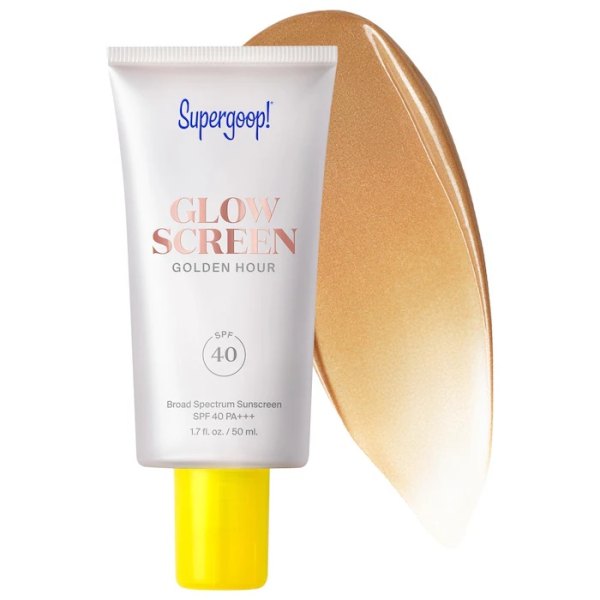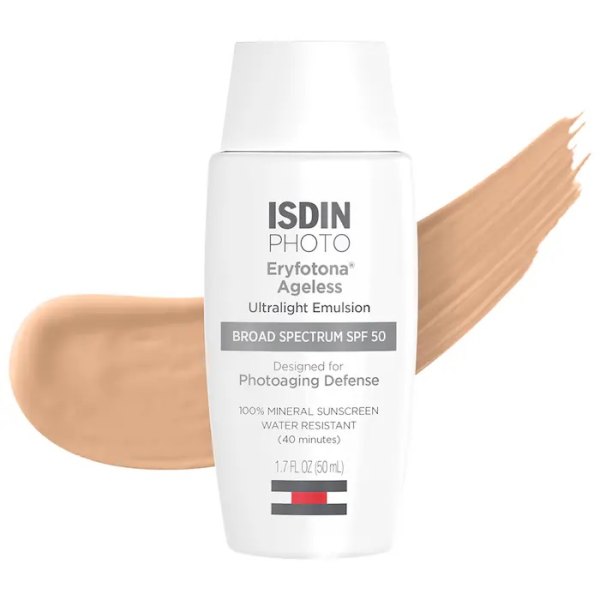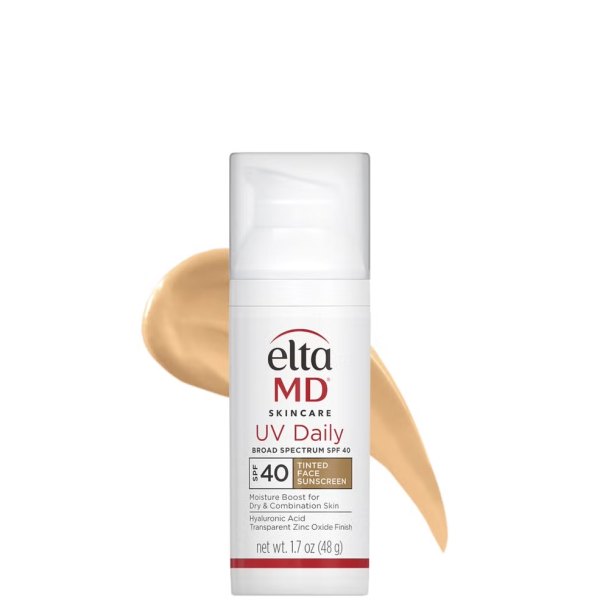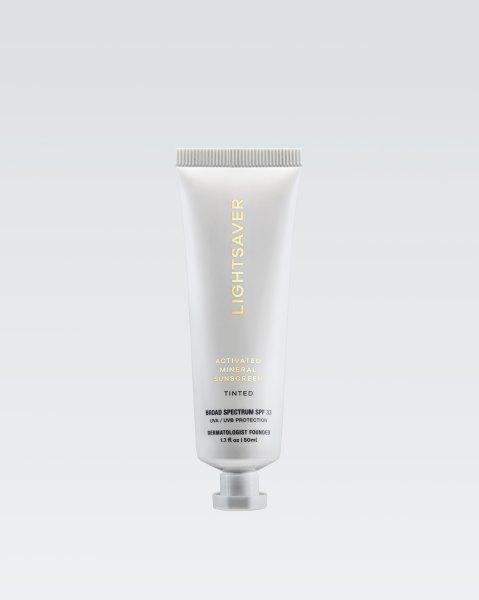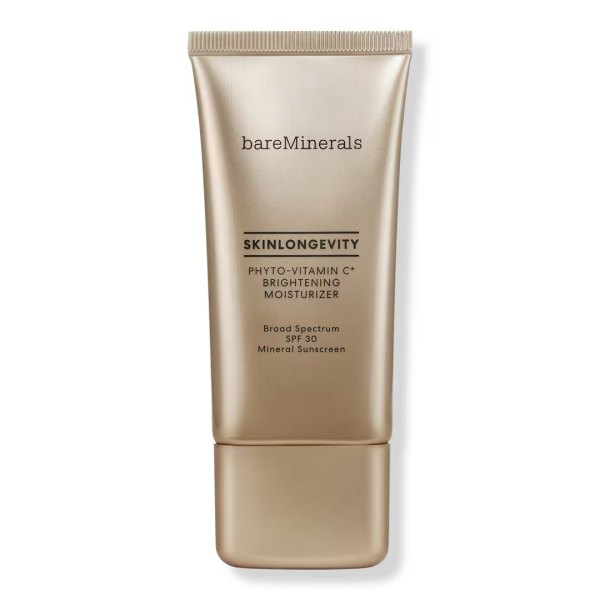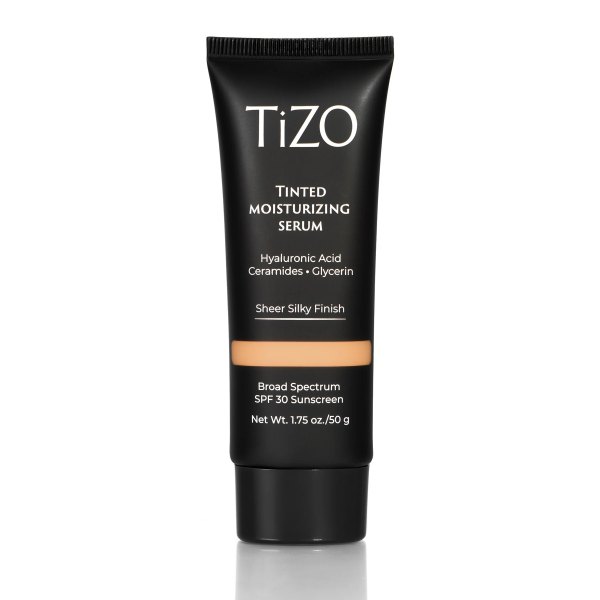If you’re like us, you’ve probably skipped an application or two of sunscreen during the summer when in a rush to leave the house. Not to mention all the times you let it slide during the colder months thinking, “the sun isn’t really out anyway.” But according to dermatologists, not only is the sun still capable of causing damage during the chillier seasons, there are times during the winter when it’s just as dangerous to skin as it is during the summer! Keep scrolling to learn more from skin pros about the importance of wearing sunscreen in the winter, and how to choose the best sunscreen for you.
Why wear sunscreen year-round?
It’s a myth that the sun’s rays can’t harm you in the winter months. Sure, the Earth tilts away from the sun during wintertime, so we aren’t as close to the hot glowing ball of hydrogen and helium. But surprisingly, despite this, the rays it emits in some cases can be even more powerful—and dangerous. Studies show that sun exposure is nearly doubled when snow is on the ground because snow reflects 80% of rays back onto us, damaging the skin and potentially damaging vision, too. The potential harm increases as you climb to higher elevations. That’s why it’s essential to keep sunscreen in your skincare regimen—all year round, regardless of season.
You could be doing irreparable damage, whether you’re hitting the slopes or just taking a brisk stroll around the block if you aren’t wearing a layer of sunscreen. “The DNA in our skin cells gets damaged when the skin is unprotected and exposed to UVA and UVB radiation from the sun. These damaged skin cells can be altered, generating genetic defects and mutations, which can lead to skin cancer and premature aging,” says dermatology nurse practitioner and doctor of nursing practice Jodi LoGerfo, DNP, APRN, FNP-C. “UV rays can also damage the eyes, causing cataracts and cancers of the eye and eyelid.”
As Dr. LoGerfo explains, the risks of winter sun exposure go more than skin deep. “UV exposure has been recognized as a harbinger of melanoma, a dangerous type of skin cancer. The UV rays that injure skin cells can also change and modify a gene that suppresses tumors, increasing the possibility of acquiring skin cancer in sun-damaged skin cells,” explains Dr. LoGerfo. (See why a skin check is one health screening you shouldn’t skip.)
The sun is also the culprit behind as much as 90% of the visible skin changes commonly attributed to aging, and daily protection is the simplest—and only—way to avoid it. “Always wear broad-spectrum sunscreen with at least SPF 30 during the day, even on cloudy days. I’d suggest sunscreens that include antioxidants, too,” says Hamdan Abdullah Hamed, MD, dermatologist and expert for The Body Shop.
Also important to note: SPF stands for ‘sun protection factor’ and the SPF number indicates how much of the sun’s rays will be filtered out. For example, an SPF 30 will filter 97% of the sun’s rays. It’s a common misconception that the number stands for the amount of time it’s safe to stay out in the sun while wearing it.
The benefits of wearing sunscreen in the winter
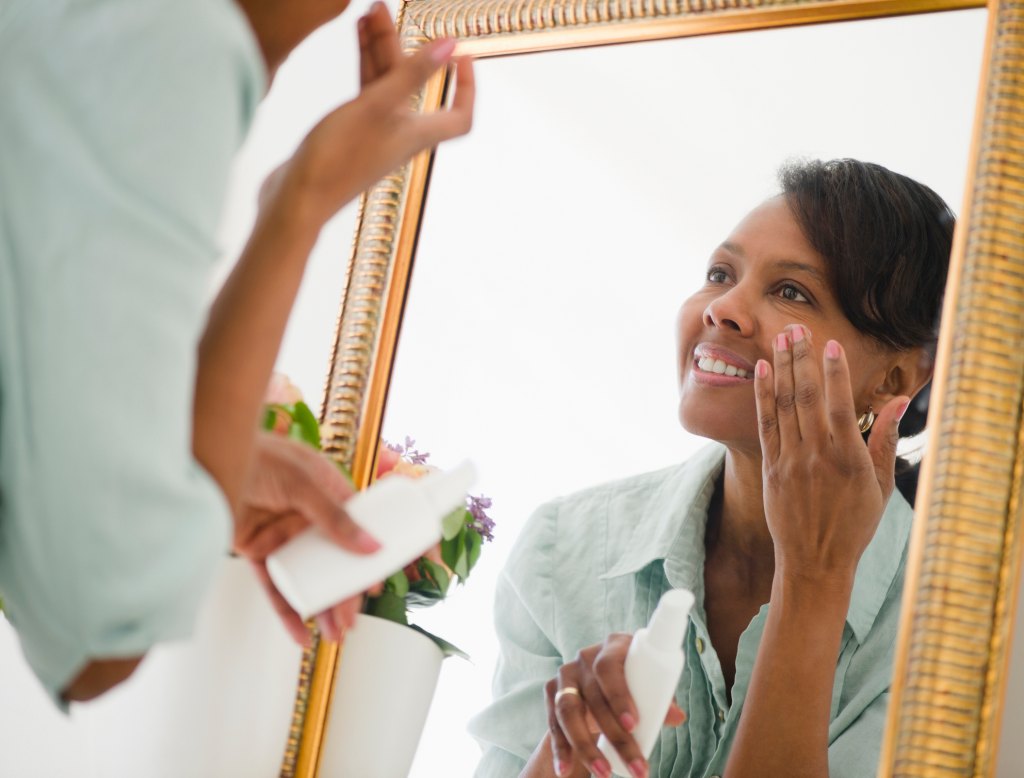
1. Why wear sunscreen in winter: It can prevent cancer
Again, UV radiation is a proven human carcinogen. “UV radiation results in basal cell carcinoma (BCC) and squamous cell carcinoma (SCC) of the skin; both of these types of cancers frequently develop on sun-exposed areas of skin. When UV exposure culminates in a sunburn, an individual’s chance of melanoma increases,” says Dr. LoGerfo. The longer you are exposed, the greater your risk.
2. Why wear sunscreen in winter: It helps you look younger
If you expose your skin to the sun without any protection, the components of your skin (e.g., collagen, elastin, skin cells and overall skin structure) become damaged, says Dr. LoGerfo. Over time, this can lead to fine lines, wrinkles and age spots. However, wearing sunscreen daily supports your collagen (and other essential proteins and nutrients) production, leading to firmer, more youthful-looking skin.
3. Why wear sunscreen in winter: It can decrease inflammation
We’ve heard all about the importance of anti-inflammatory foods, and we know reducing stress helps as well since chronic inflammation can be detrimental to our overall health, but slathering on that sunblock can also be anti-inflammatory. “The sun’s rays can affect the skin and trigger an immune response which can cause inflammation. This inflammation can aggravate certain skin conditions like psoriasis, eczema or rosacea,” explains Dr. LoGerfo.
What type of sunscreen should I use in the winter?
Dermatologists say there isn’t much difference between what you should apply during the winter and summer months. “A physical block with zinc or titanium dioxide as the main ingredient is less likely to irritate if your skin tends to get irritated or dry in the winter months,” advises Dr. LoGerfo. You’ll want to apply this 15 minutes before sun exposure and every two hours (more if you swim or sweat), as you would if you were at the beach for the day, advises the American Academy of Dermatology (AAD). Don’t overlook areas like the ears, nose, lips, back of the neck and tops of the hands and feet, says the AAD.
If you want to take it a step further, especially during the winter when we lose any tan we may have had, Dr. LoGerfo is a fan of tinted sunscreens. They not only help liven up pasty, pale winter skin but can also be even more effective than regular sunscreen since they block out harmful blue light emitted from our computers and cell phones in addition to UV rays.
“The tint is attained by integrating a blend of iron oxides and pigmentary titanium dioxide, combining broad spectrum mineral UV filters with added pigments. They can be even more effective in blocking the sun’s harmful rays because the skin is safeguarded indoors and outdoors. Blue light has been shown to cause oxidative stress on the skin, which can also cause wrinkles, fine lines and hyperpigmentation,” states Dr. LoGerfo.
What are some ways to get protection without sunscreen?
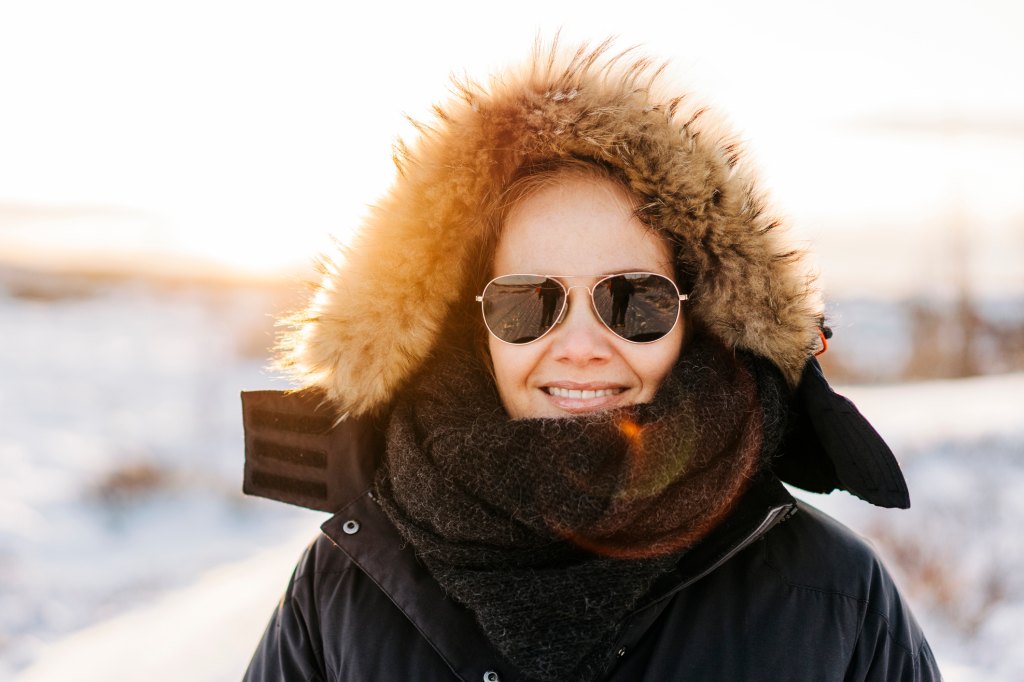
When life gets busy, it can be hard to remember to apply that daily layer of sunscreen. But doctors say even though sunblock is the best level of defense, you can protect your skin from the sun in other ways.
“Sun damage is easier to prevent than treat!” exclaims Dr. LoGerfo. You should avoid the sun during its peak ‘burning’ hours of 10 AM and 4 PM, stay covered and wear UV protective clothing whenever possible, in addition to a broad-brimmed hat and UV-blocking sunglasses.
You should also avoid tanning beds, self-exam your skin head-to-toe once a month to look for any changes in moles or birthmarks and have a professional skin exam by a dermatologist once a year (more often if you have a history of skin cancer).
Makeup can also be a form of sun protection these days since many products cover flaws and imperfections and provide the necessary SPF, too. Colorescience is an entire makeup line with built-in sunscreen and is recommended by the Skin Cancer Foundation. Drugstore brands also get in on the action, like Physician Formula’s foundation including SPF 30.
Double-duty sunscreens for winter
Besides makeup with sunscreen, some sunscreens also contain anti-aging benefits and other ingredients that make your skin both look and feel good while you’re wearing it. Here are a few to try:

